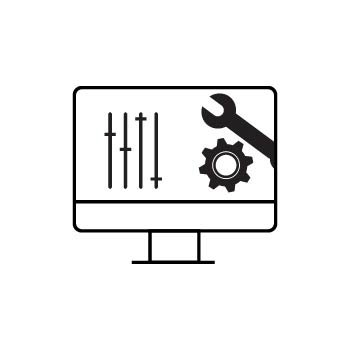Why Flushing Your DNS Cache Can Help
Flushing your DNS cache is a helpful troubleshooting step when you’re experiencing network issues or having trouble accessing parts of your Zibster account. If you ever see an error in your Zibster control panel such as “an unexpected error occurred, please check your network connection and try again,” clearing your DNS cache is often an effective fix.
Below are the most common reasons to flush your DNS cache and detailed instructions for both Windows and macOS users.
Why You Might Need to Flush Your DNS
- Remove outdated or incorrect DNS data to ensure your browser loads the most up-to-date version of a website.
- Fix connectivity issues caused by stale or corrupted DNS records.
- Improve security by removing old DNS entries that could potentially be used for spoofing or redirects.
- Ensure you see recent website updates, especially after DNS changes or server moves.
- Troubleshoot slow browsing or pages not loading correctly.
Flushing your DNS is especially helpful when you notice website loading issues, after changing networks, or after updating DNS records.
FLUSH DNS ON WINDOWS (Windors/PC Users)
Open the Command Prompt by pressing Windows Key + R, typing cmd, then pressing Enter.
In the Command Prompt window, type the following command:
ipconfig/flushdns
Press Enter on your keyboard to flush your DNS cache.
You should see a message saying, "Successfully flushed the DNS Resolver Cache." after you've pressed enter.
FLUSH DNS ON MAC OS (Apple/Mac Users)
Open Terminal by searching for it in Spotlight (Command + Space).
Type the following command based on your macOS version:
For macOS Big Sur, Monterey, or Ventura:
sudo dscacheutil -flushcache; sudo killall -HUP mDNSResponder
You might be prompted to enter your admin password. Once done, the DNS cache will be flushed without any additional output.
After flushing, your computer will request new DNS information the next time you visit a website.



